
ENCOURAGED by the increasing use of its software in the region, Germany-based Dlubal is set to make its debut at The Big 5 in a bid to get closer to its customers.
Walter Rustler, director of sales and marketing, says the company foresees steady growth for Western technology in the Gulf, provided there are no major global crises and the region shows political stability. He considers the UAE and Kuwait particularly as major markets for the company’s products.
Dlubal creates software for static and dynamic structural analysis, used to design buildings, bridges and other construction involving steel, concrete, glass or timber. It includes powerful modelling features, load input and design for beams, plates and solids and is capable of designing structures in seismically active zones, according to Rustler.
Software from Dlubal has been used in designing major buildings like the Ferrari Theme Park in Abu Dhabi, UAE.
 |
The Ferrari World Abu Dhabi, the world's largest space frame structure ... based on a Mero space frame that was calculated with Dlubal's RSTAB program. |
At The Big 5, Dlubal will look to attract potential local customers in addition to strengthening ties with its Germany-based customers in the Gulf region, says Rustler. “We feel we have to be closer to the area of application and in line with this, we are looking for a local distributor who will help us penetrate the Gulf market,” he comments.
At the show, the company will also promote its software known as RFEM and RSTAB – a leading software tool for analysis and design of buildings and steel construction in Germany and Europe. “The product has been on the market for several years now but it is the first time we are exhibiting in the Gulf region,” says Rustler.
Explaining the features of the products, Rustler says: “The integrated structural analysis and design software package RFEM sets new standards in Finite Element Analysis (FEA). The intuitive user interface, outstanding modelling and analysis capabilities, and wide variety of structural design options make RFEM the most complete structural design solution for all areas of civil and mechanical engineering.
“The general-purpose Finite Element program includes plates, shells, walls, beams, and solids. RFEM allows for top-to-bottom design of entire buildings and constructions made of steel, timber, concrete or other materials. “Unique model and load generators, linear and non-linear analysis options, and outstanding report features make RFEM the superior general analysis program for sophisticated design professionals.”
“RSTAB is a superior analysis package tailored especially for framed structures made of various materials like steel, timber, concrete or aluminium. It can handle all types of cross-sections, a wide range of international design codes and is the best choice for small and large analysis models. This includes linear and non-linear beam elements, cables, and advanced analytical techniques as well as large deformation or buckling analysis,” he adds.
The company recently released modules for design in Eurocodes, British Standard, US AISC and Indian standards.
Dlubal has played a key role in building the roof on the world’s largest space frame structure for the Ferrari World Abu Dhabi, which has been built on an area of 195,000 sq m. The roof structure is based on a Mero space frame that was calculated with the Dlubal’s program RSTAB. With a total of approximately 170,000 members and 42,200 nodes, the roof represents the largest three-dimensional framework that has ever been built, Rustler points out.
Space frames, when supported properly, transfer loads in a biaxial way, which reduces deformations and internal forces in the cross-sections considerably, compared to a planar structure. This results in a construction featuring light and efficient structural systems, he adds.
Mero-TSK, which created the space frame, has been using Dlubal software for many years and was able to calculate this extremely high number of members, thanks to RSTAB, Dlubal’s 3D framework program. To generate the geometry, Mero-TSK took advantage of specifically developed preprocessors. The structure created in a CAD program was imported to RSTAB, using DXF files and the interface RS-COM, followed by the application of loads and the calculation.
For more than 20 years, Dlubal has been developing programs for structural analysis and design. Says Rustler: “From the very beginning, the success of our programs and our company has been based on three fundamental factors – intuitive and easy-to-learn usability for a low learning curve; efficient analysis, thanks to high technical standards, resulting in time and cost advantages; and quick and qualified technical service for customers, leading to satisfied software users.”
Today, more than 7,000 people related to various fields of structural engineering use Dlubal products. High quality standards, flexible use of the software for different problems as well as the desire to invest in an independent and future-thinking software company are additional reasons for the increasing number of Dlubal users, according to Rustler.
“Our program package is the most appropriate analysis software for both the one-person engineering office as well as the large planning agency. Due to its intuitive nature, the software is also ideal for occasional use when time cannot be spent on ‘relearning’ software,” he says.
A market leader in its field in Europe and among the top five software companies in the EU countries, the company has enjoyed steady growth for the last 10 years at the rate of between five and 20 per cent even in difficult times. Established in 1987 in Tiefenbach, Germany, the company has an annual turnover of €6.2 million ($8.29 million) and a staff of 150.
Dlubal will be exhibiting in Zabeel Hall, Stand J110.


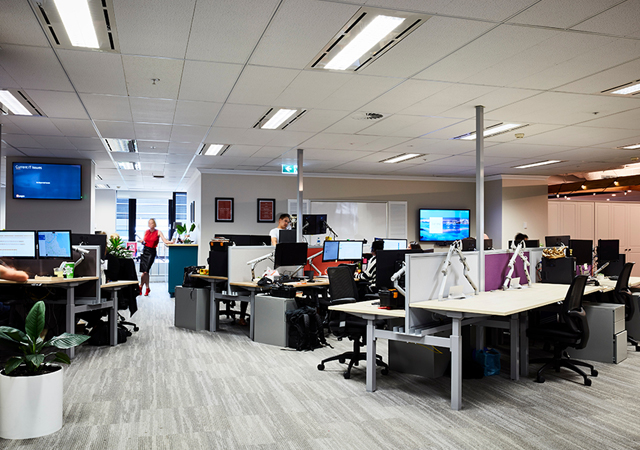



.jpg)

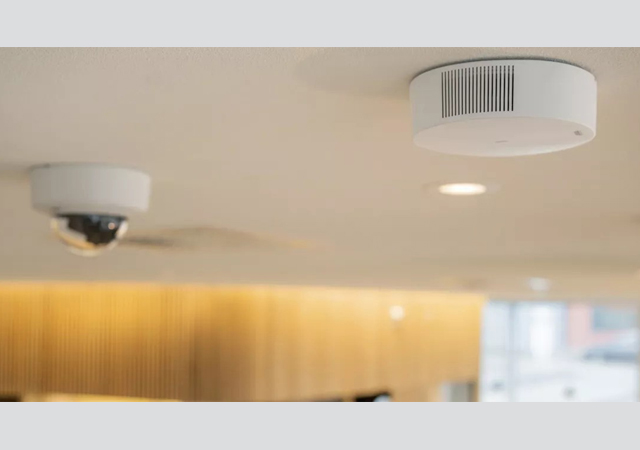






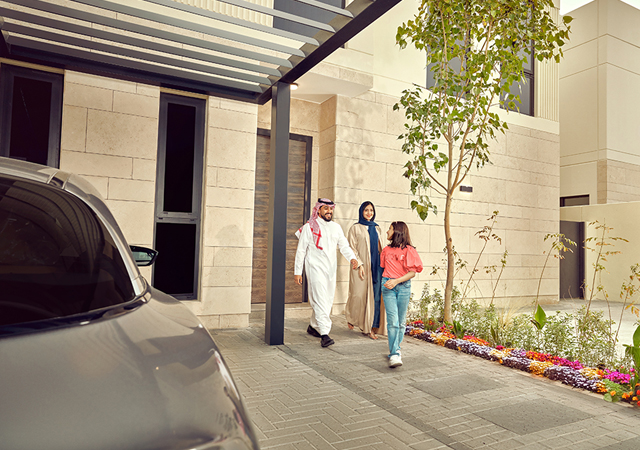
.jpg)




























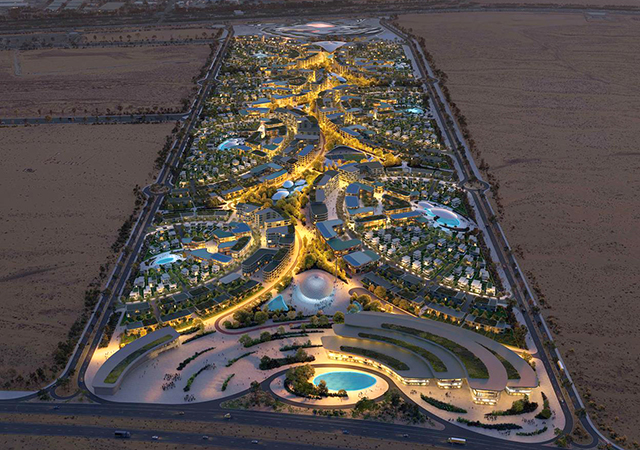



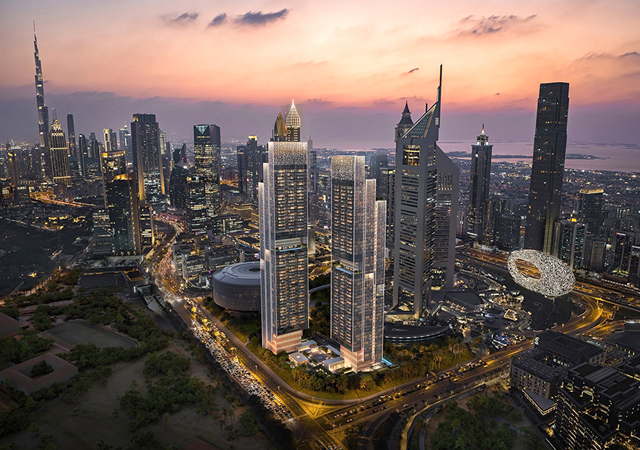



.jpg)






